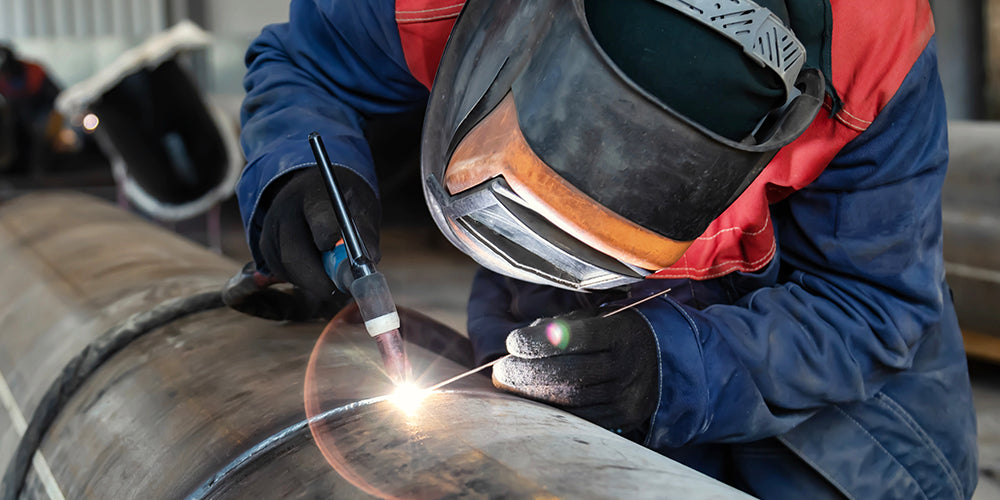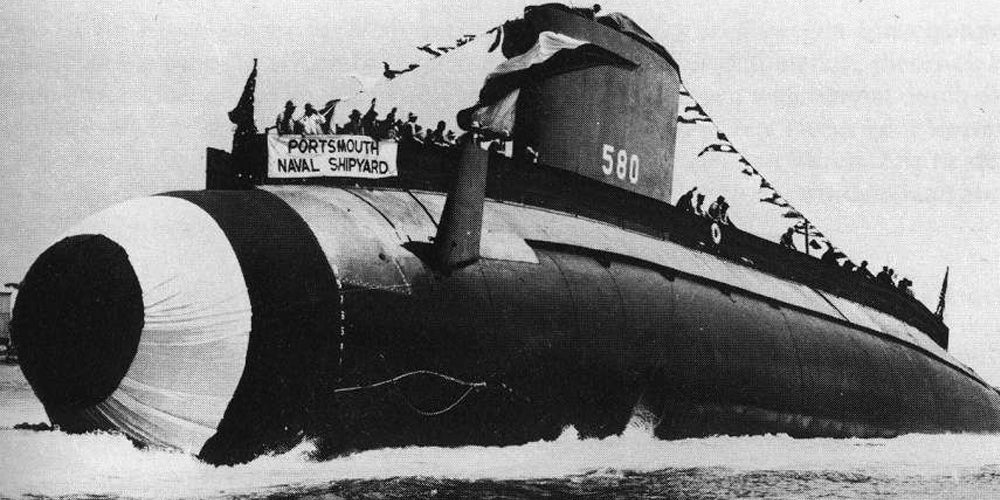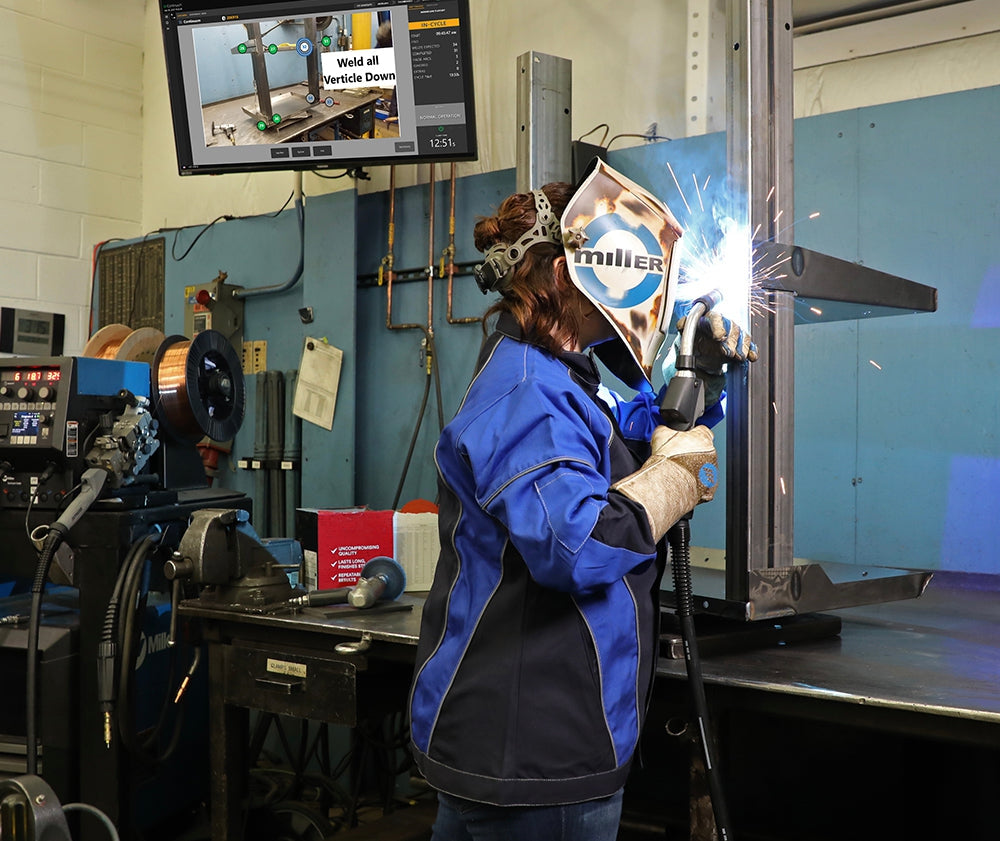It was 1960 and the US/Soviet arms race had become a full-blown marathon. Just off the east coast, the USS Barbel cut through the waves on its way to a training exercise. The sub’s massive 219’ hull was mostly submerged under the surface, hiding just how enormous the craft truly was. As one of the most advanced nuclear subs of the era, the Barbel was based around the world’s most state-of-the-art designs. Yet, despite the cutting-edge weapon systems and the unprecedented sonar range, the sub had an Achilles’ heel that would boil down to one simple concept: Brazing vs. welding.

Knowing when to braze or weld might not seem that important, but then again, history can say otherwise. As the USS Barbel began its routine test dives, pressure built up in its pipes. The joints of these pipes had been silver brazed rather than welded, a simple mistake from someone not knowing the right application for the job. Despite all its advanced systems, nothing could help the Barbel as its pipe joints burst, causing 360 tons of water to flood the engine room. Only an emergency resurfacing saved the USS Barbel from ending up on the ocean floor.
You might not be working on nuclear submarines, but any skilled welder should at least have an understanding of the pros and cons of welding vs. brazing.
Why Braze At All?
Brazing often feels like the bizarre love child of welding and soldering, if they had a crazy weekend together, though it turns out to have some surprisingly significant benefits in the right situations.

To braze, you hold filler wire in one hand and a type of torch in the other. As you heat the filler material, it melts and can be used to fill gaps or attach metal pieces together. In most cases, the filler material has a lower melting point than the base metals you’re joining. This means that the filler material really acts more like glue. It holds the pieces together, but isn’t physically combining them into one solid form in the same way you’d get with welding. The upside is that brazing can combine dissimilar types of metals because of this.
Brazing also generally requires less heat, so there’s less issues with warpage or burning through your base material (since you’re only using enough heat to melt the filler material, not the base material). This also means brazing requires less cleanup and it also tends to be easier to automate.
For all of these reasons, you’ll see brazing used a lot if you pay attention. While plumbing pipes are what often comes to mind first, brazing is used in everything from bicycles to kitchen appliances.
Other benefits of Brazing
While mass production tends to use brazing because it has a higher margin for error and less clean-up after, there’s quite a few reasons why brazing can be compelling to anyone. First is the amount of equipment needed. If you’re just looking at the bare necessities, all you really need to braze is a torch, filler material (solder) and some type of equipment to clean your base materials before you get started. The filler material can be very expensive if you’re using metals like silver, so don’t be lured into a false sense that brazing is always the most affordable option.

The other big benefit of brazing is the safety aspect. Because there’s no arc, generally only a simple set of safety goggles is used to cover your eyes. A good pair of leather gloves is also required to keep your hands safe.
Knowing When Brazing Won’t Cut It
3 years after the USS Barbel had to make an emergency ascent, the same problem happened to its sister submarine, the USS Thresher. The silver brazing ruptured, this time leading to the 2nd worst submarine disaster in history.

Because brazing doesn’t penetrate into your base material in the same way welding does, the connection isn’t as strong. With welding, you’re actually heating your filler material and your base metals to the point where their molecular structure combines, literally becoming one solid piece. This is why good penetration is always critical in welding.
If the strength of your connection is going to be critical for the integrity of your piece, you should almost always go with welding over brazing. There’s a handful of exceptions to this rule, but often brazing is used because it’s easier to automate and mass produce, not because it’s the right process for the job. Even if you don’t braze, being able to recognize when brazing has been used correctly or incorrectly is a very valuable skill to have.
Of course, brazing or welding won’t matter if you can’t lay a proper bead. Up your skills with our porosity article highlighting one of the most common problems welders face and how to fix it. For more in-depth articles, tricks and tips and industry highlights, make sure you’re signed up for Welding Supplies from IOC’s emails.





